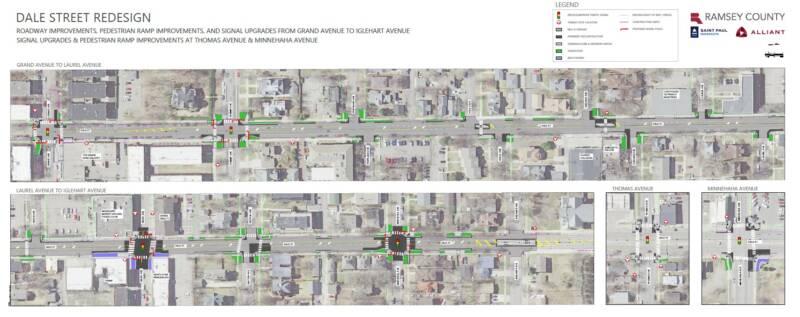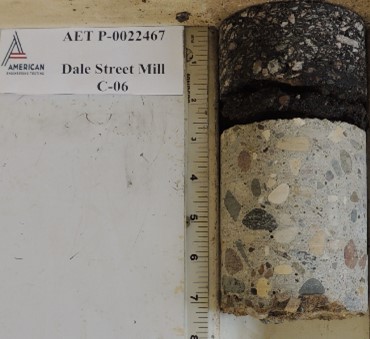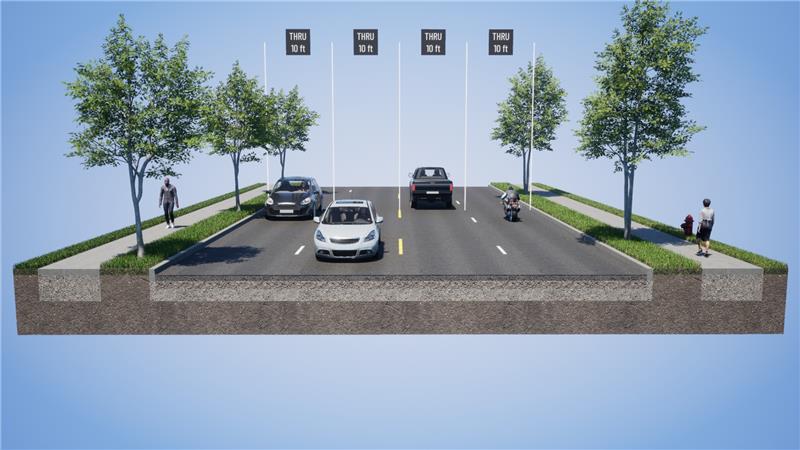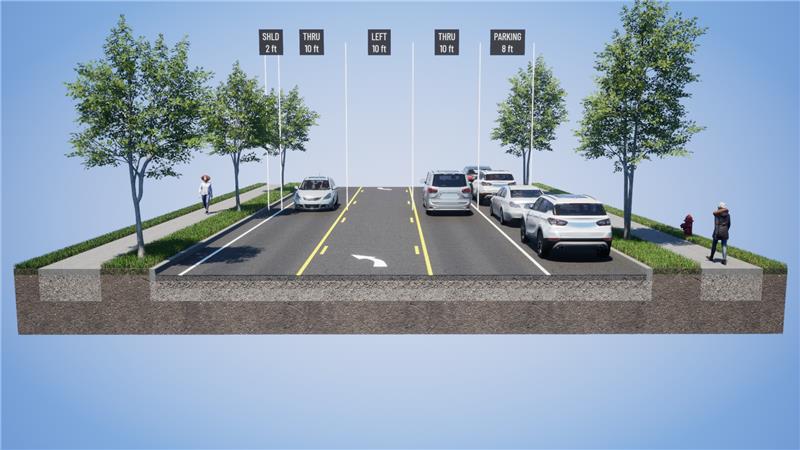Gaining community insight is key to the success of our projects, and Dale Street in Saint Paul, Minnesota, is no exception.
Open Houses give residents a chance to understand what’s happening in their neighborhood—and just as importantly, they provide valuable input from people who use the corridor every day.
For the Dale Street 4-to-3 Lane Conversion project, stakeholders were engaged and excited from the beginning. Many even asking how soon the roadway improvements would be completed.

Background: A Full Circle Moment
In 2020, Alliant completed a 4-to-3 lane conversion study for Ramsey County and the City of Saint Paul, evaluating twenty two roadways, including Dale Street. The purpose of the conversion study was to evaluate the feasibility of implementing lane reductions from both an operational perspective and an ease of implementation perspective, as well as identifying where lane reductions would be most beneficial. Led by Alliant’s Scott Poska, the study concluded that Dale Street no longer required four lanes of traffic.
Five years later, Alliant is helping bring recommendations on Dale Street to life. In a unique design approach, the travel lanes will be shifted to the west curbline, creating space for on-street parking along the east curbline—balancing traffic demands with community needs.
Listening to the Public: Public Engagement Process

Through a combination of open houses, pop-up events, and hosting sessions alongside teaming partners at Zan Associates, we were able to connect with hundreds of community members. Residents came ready to share their perspectives—raising concerns about unsafe crossings, high vehicle speeds, low visibility, and narrow sidewalks.
This feedback directly shaped the preliminary design. Instead of eliminating parking, a frequent community concern, the design preserved it while creating a safer, more accessible corridor. Incorporating community ideas was critical to crafting a solution that residents supported and championed.
Designing for Safety and Longevity

With community feedback in hand, the design team focused on addressing safety issues at the heart of the project. The final design removes one travel lane in each direction, adds a two-way center left turn lane, and includes curb extensions and a new pavement surface. Slowing speeds and reducing the number of conflict points create a safer environment for all road users.
The City of Saint Paul and Ramsey County collaborated on funding elements of the project. Signal system replacements, resurfacing needs, and pedestrian improvements were supported by securing two separate types of federal funding.
Resurfacing was especially important. As one of Minnesota’s oldest streets, dating back to the early 1930s, understanding what lay beneath the surface was crucial. Partnering with AET, the team performed pavement borings to reveal the history of multiple pavement layers. This insight allowed us to design a more durable overlay solution, improving ride quality and extending the life of the roadway.
Existing Conditions

Proposed Conditions

A Better Future for Dale Street
The transformation of Dale Street is a powerful reminder that the most successful projects are built with the community, not just for it. By listening to residents, incorporating their feedback, and responding with thoughtful, intentional design, we’ve created a safer, more functional roadway that truly reflects the needs of the people who use it every day.
Public engagement isn’t just a step in the process — it’s the foundation of meaningful, lasting change.
To learn more about the Dale Street project, contact Scott Poska.

